|
A battledress has cropped up on eBay priced at £160. Nicely badged up with three rank chevrons denoting a Head Warden in Leicestershire. The owner was a First World War veteran and the left sleeve has a red wound stripe. Looking at the breast badge it appears to have been factory fitted. There are also war service chevrons on the right sleeve. The maker's label from Montague Burton sadly omits a date of manufacture but I would imagine this is probably an early example.
It all looks kosher but you never can tell whether the badges are all original to a battledress. It's known for a blank jacket to have had badges later added to help the item sell for a higher price.
0 Comments
The below Deputy Fire Guard Officer shoulder title badge cropped up on eBay and sold for £46. I'd not seen this particular shoulder title before and is has quite a unit shape. The rank was the second highest in the Fire Guard organisation (one below Fire Guard Officer (badge was square) and above Assistant Fire Guard Officer (badge was oval). Personnel holding this rank wore a white helmet with one broad band below one narrow band.
The Mechanised Transport Corps, a group of volunteer women drivers between 1939 and 1946, worked for a wide variety of government bodies. Originally an offshoot of the First World War Women’s Legion its 6,500 members, without official recognition in the early years of the war, offered their services to many Civil Defence organisations. Even before war broke out they were driving members of the newly-formed Women’s Voluntary Service and instructing women volunteers in the skills necessary to drive the ambulances of the London Auxiliary Ambulance Service (LAAS). In Lambeth, forty members of the MTC’s No. 1 Company volunteered to drive the Borough’s ARP Stretcher Parties for the statutory ARP wage of £2 a week, their example followed in further areas in Greater London. By early 1940 members driving for Civil Defence had acquired their own arm badge. In March 1941 two Lambeth SP drivers – a housewife and secretary - were presented with the British Empire Medal by HM The King for helping rescue trapped casualties at a major air raid incident. Medical assistance of another kind was performed by those driving for the American Ambulance Great Britain (AAGB), a fleet of large cars paid for by American donors to carry mobile surgical teams to bombing incidents. When Queen’s Messenger Food Convoys were created to take emergency food supplies to badly bombed cities, a large number of their vehicles were driven by the MTC. In Leeds thirteen MTC volunteers drove for the Regional Commissioner’s Volunteer Transport and Messenger Service, its Birmingham Counterpart working for the Ministry of Information calling itself the Auxiliary Drivers Association and wearing its own distinctive badges. Apart from its work for Civil Defence the MTC also drove for – amongst many others - the Home Guard, the Blood Transfusion Service, the Admiralty, the Allied Free Forces, the US Army in Britain and the Inter-Service Research Bureau, a cover name of the Special Operations Executive. And they served in Africa, started the Girls’ Training Corps and formed the basis of the post-war Government Car Service. Not bad for an organisation that nobody originally wanted!
Back in 2008 I published No. 4 in my sadly-incomplete series Within the Island Fortress. Compiled from the personal papers of the Corps’ second Commandant Mrs. Resy Peake – who I was privileged to meet – this told the MTC’s story in detail, illustrated by some fifty original photos and examples of the Corps uniforms and badges. I have recently had a small number of No. 4 reprinted which I am offering for sale for £15 inc. UK postage. If you would like a copy please email me at [email protected]. Jon Mills For cost cutting purposes shoulder titles were printed from the mid-war period. The below shows how the printed titles were delivered to local authorities on long rolls. Individual titles would be cut from the roll and issued as required. I've seen two ways that these printed titles were applied. Firstly, applied as cut, and secondly, the edges folded over and then sewn to the shoulder of the battledress. This method provides for a much smarter appearance.
I am indebted to Jon Mills, the author of many books on WW2 insignia (see "A People's Army - Civil Defence Insignia and Uniforms 1939-1945" ) for the below images. A very rare AFS London helmet transfer and the cover of Display Patents Ltd catalogue plus the details of helmet transfers for the Civil Defence Services (the same company that was advertising in ARP & NFS Review magazine).
|
Please support this website's running costs and keep it advert free
Categories
All
Archives
June 2024
|
|
|
Copyright © 2018–2024
|
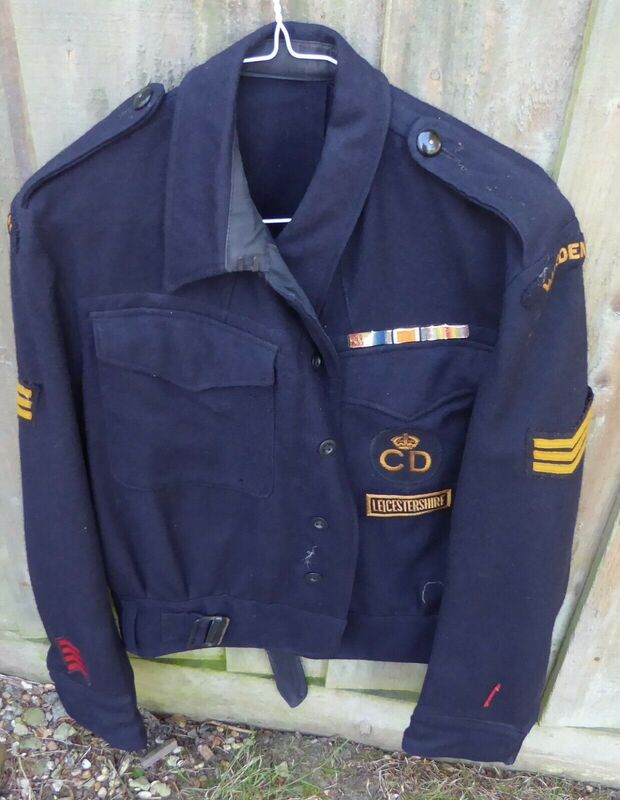
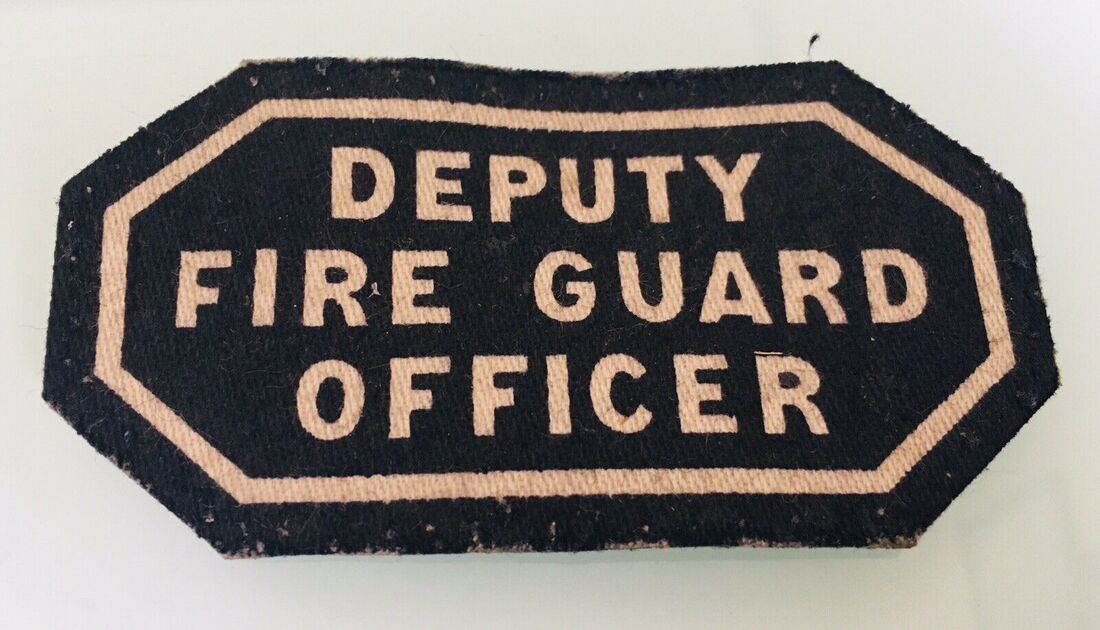
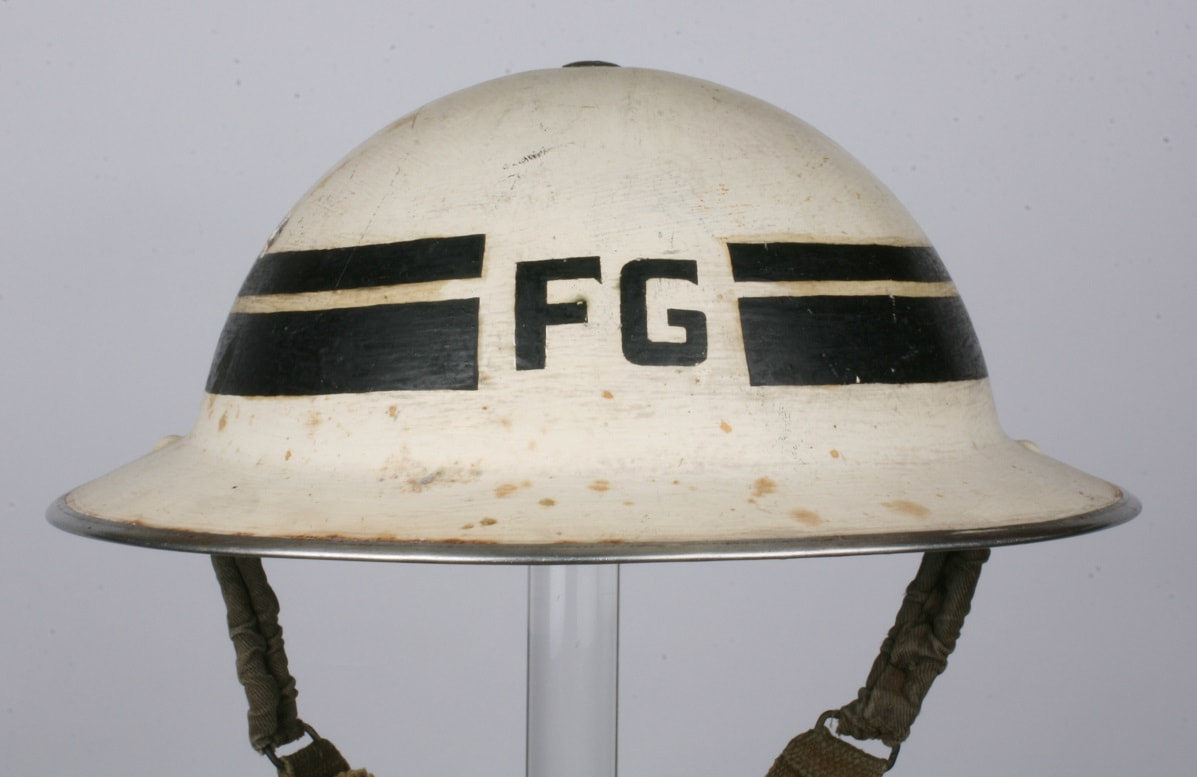
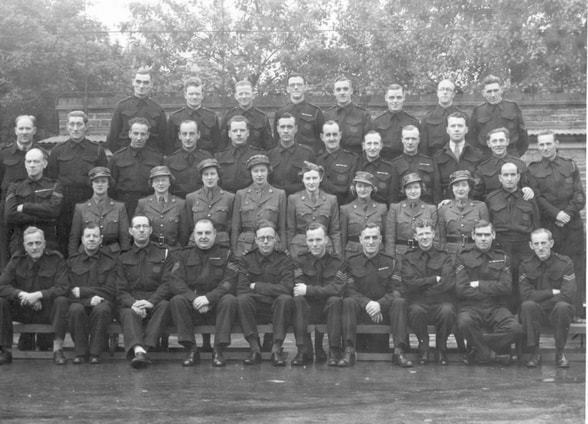
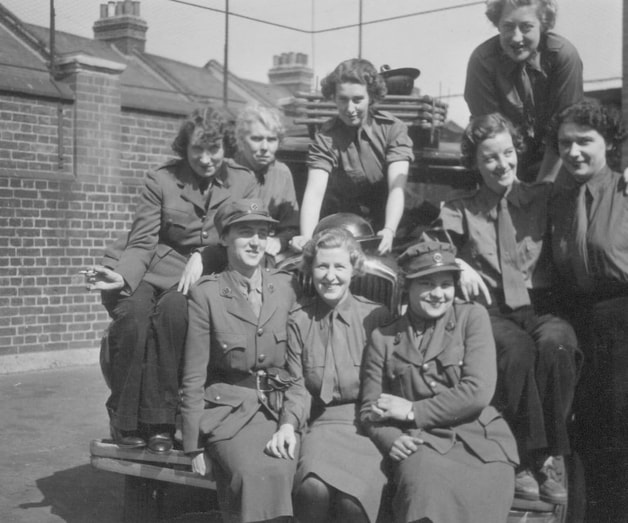
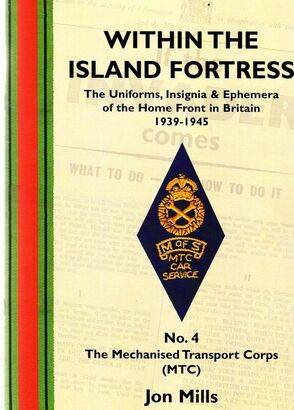
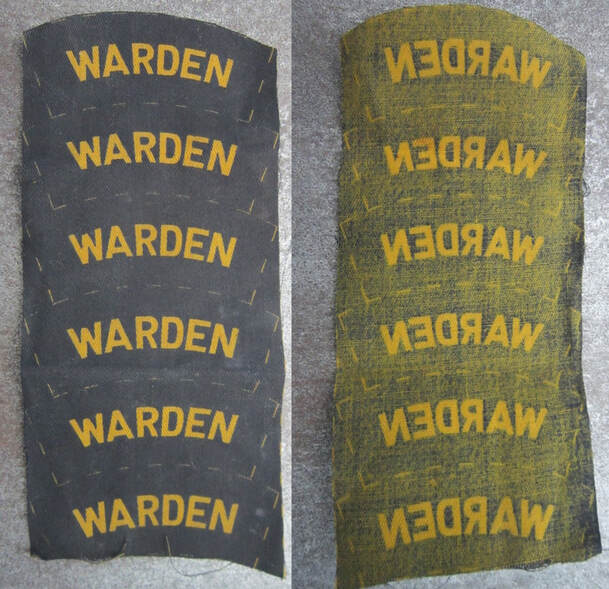
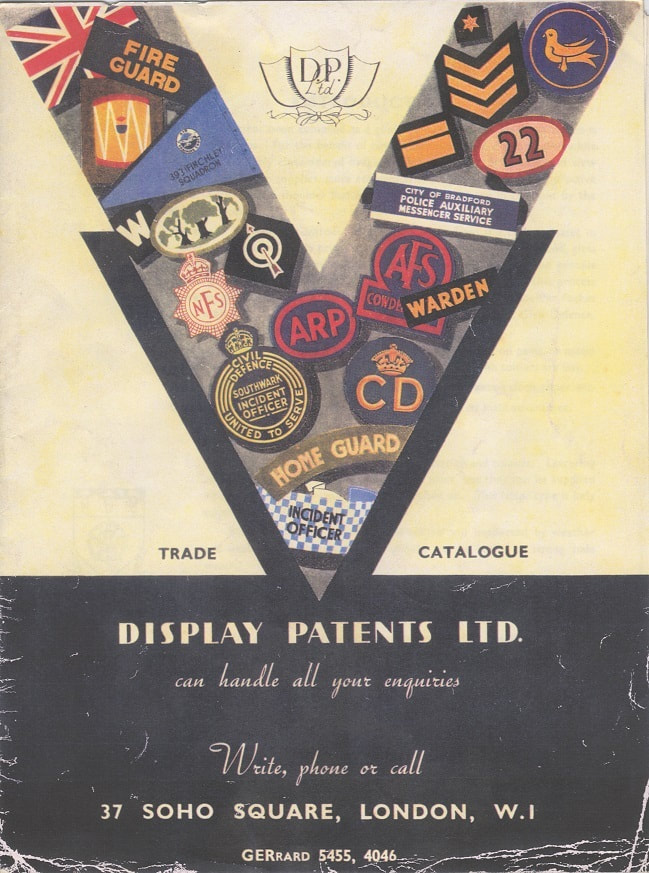
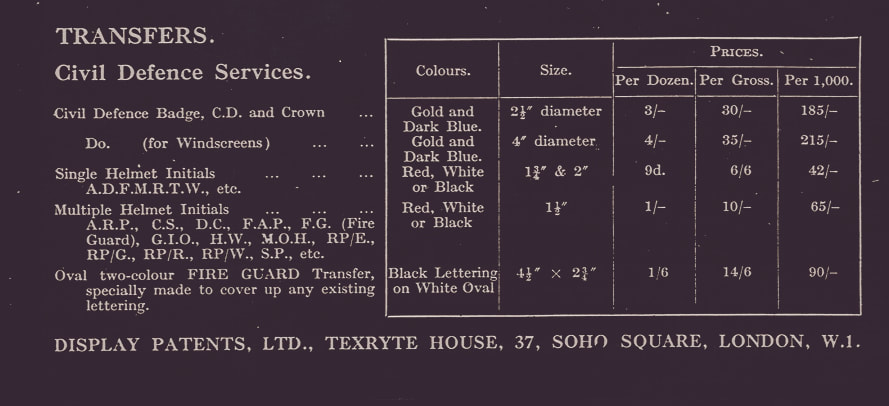
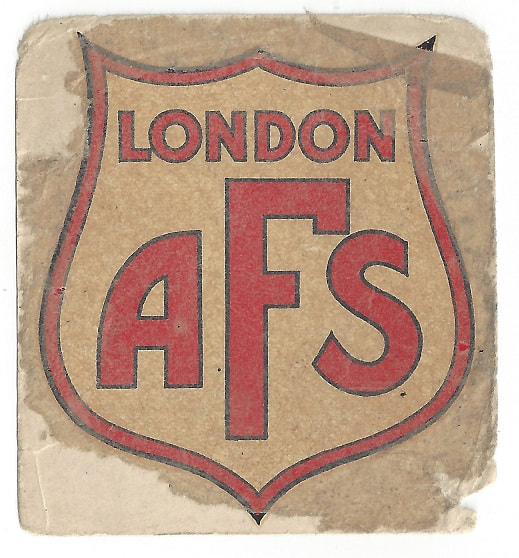
 RSS Feed
RSS Feed